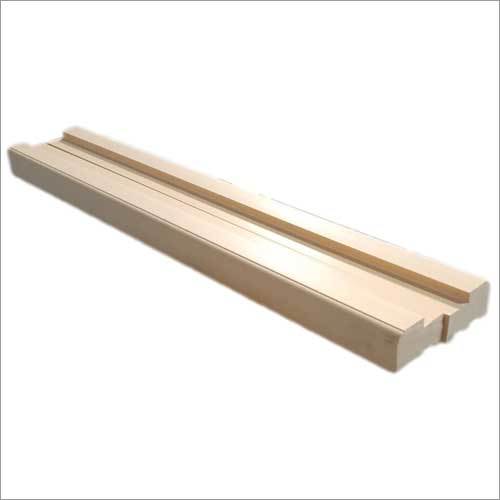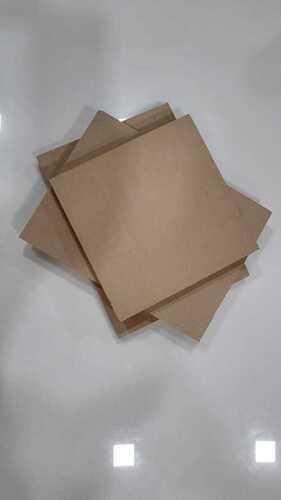WPC Door Frame
160 INR/Piece
Product Details:
- Function Door frame
- Door Type Entry Doors
- Click to View more
X
WPC Door Frame Price And Quantity
- 100 Piece
- 160 INR/Piece
WPC Door Frame Product Specifications
- Entry Doors
- Door frame
WPC Door Frame Trade Information
- Cash Advance (CA)
- 1000 Piece Per Day
- 1 Days
- Australia North America South America Eastern Europe Western Europe Middle East Africa Central America Asia
- All India
Product Description
WPC (Wood Polymer Composite) Door Frames are innovative and durable alternatives to traditional wooden door frames. These frames are made from a combination of wood fibers or flour and thermoplastic polymers, resulting in a strong, long-lasting, and low-maintenance product. WPC door frames offer several advantages, including resistance to moisture, termites, and warping, making them suitable for both interior and exterior applications.
FAQs:
Q: What are the benefits of using WPC Door Frames?
A: WPC Door Frames offer several advantages over traditional wooden frames. They are highly resistant to moisture, termites, rot, and warping, ensuring durability and longevity. They require minimal maintenance, are eco-friendly, and can be easily painted or laminated to match various interior designs.
Q: Are WPC Door Frames suitable for both interior and exterior use?
A: Yes, WPC Door Frames are suitable for both interior and exterior applications. Their resistance to moisture and pests makes them ideal for areas prone to humidity or dampness, such as bathrooms, kitchens, and coastal regions.
Q: Are WPC Door Frames easy to install?
A: Yes, WPC Door Frames are designed for easy installation. They are lightweight, which makes handling and fitting them hassle-free. They can be cut, drilled, and shaped to fit specific door openings, allowing for customization during the installation process.
Q: Can WPC Door Frames be painted or laminated?
A: Yes, WPC Door Frames can be painted or laminated to match different aesthetic preferences. They provide a smooth surface that allows for easy application of paint or laminate finishes, giving them a polished appearance.
Q: Do WPC Door Frames require regular maintenance?
A: No, WPC Door Frames are low-maintenance. They do not require painting or varnishing like traditional wooden frames. Regular cleaning with mild soap and water is sufficient to keep them looking clean and fresh.
Q: Are WPC Door Frames environmentally friendly?
A: Yes, WPC Door Frames are considered to be eco-friendly. They are made from a blend of recycled wood fibers or flour and thermoplastic polymers, reducing the reliance on virgin wood. Additionally, they are recyclable and contribute to sustainable building practices.
Enter Buying Requirement Details
Other Products in 'WPC Door Frame' category
"We are mainly looking for Bulk Order or Wholesale Inquiries"

 English
English Spanish
Spanish French
French German
German Italian
Italian Chinese (Simplified)
Chinese (Simplified) Japanese
Japanese Korean
Korean Arabic
Arabic Portuguese
Portuguese





 Call Me Free
Call Me Free